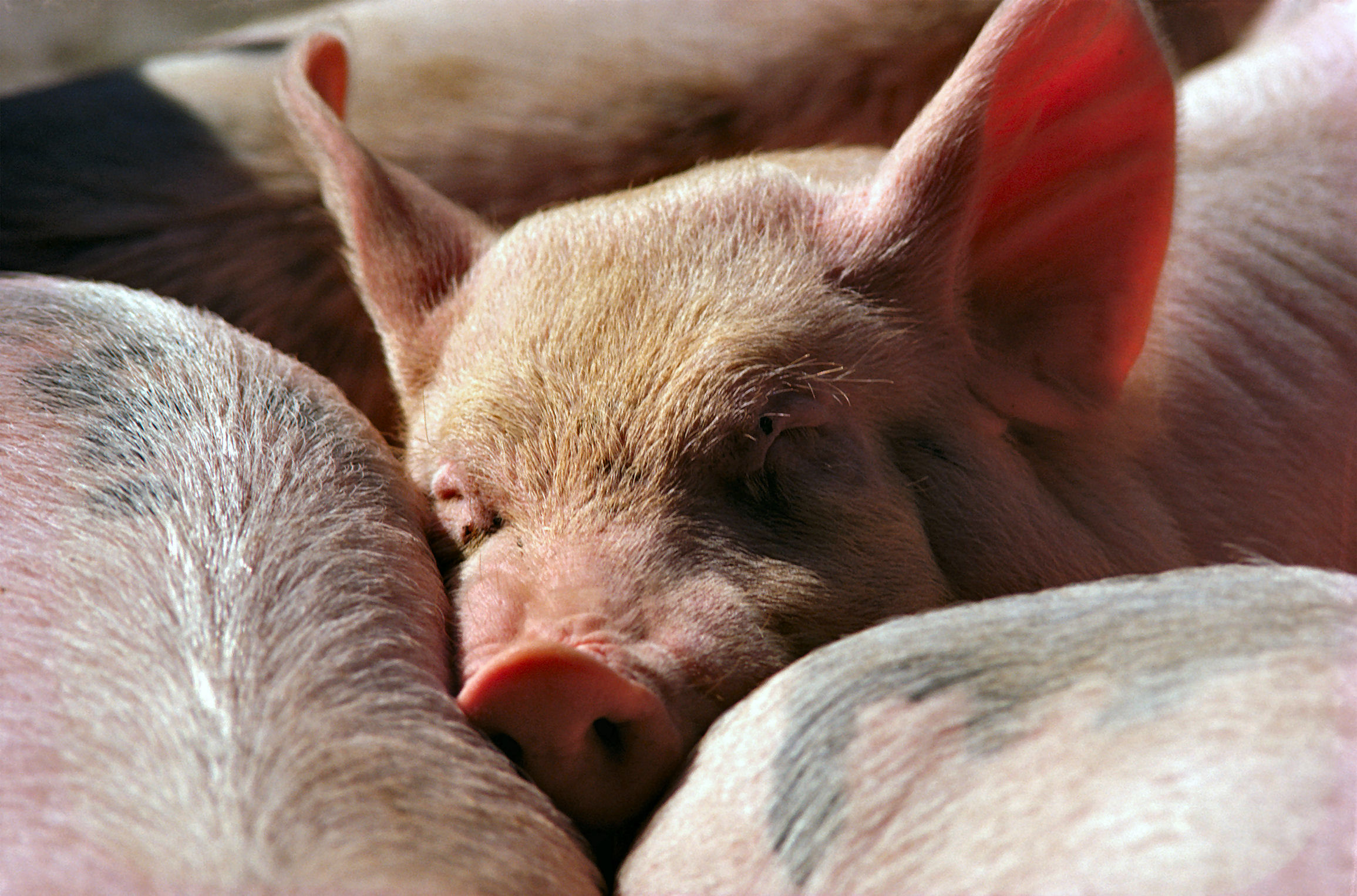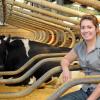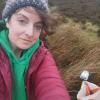There are 3 stages in pig production.
Pregnant breeding sows can be held in sow stalls, group housing or outdoor systems. Sow stalls were completely banned in the UK in 1999 whilst they are still permitted for a restricted 4 weeks after mating in the EU. Pregnant sows can be held in group housing, this allows the sows to move and socialise, however, this comes with other risks of aggression if conditions allow and management is loose.
The third is outdoor systems, which allows sows the greatest freedom and access to the outdoors and natural environment. The sows have bedded shelters to shelter from the weather and are held in groups of similar sizes as they would be in group housing indoors.
Farrowing can take place in a farrowing crate or outdoor systems. In both methods, the pregnant sow is given her own space without the interruption of another sow.
Farrowing crates prevent the sow from turning and reduce the risk of her crushing her piglets. In addition to keeping the sow in one area, the crates also have a 'creep' plate which is heated and attracts the piglets away from the sow reducing the chance of them becoming trapped beneath the sow. The majority of pig farms in the UK utilise farrow crates.
Outdoor farrowing systems are individual shelters that allow the sow space to create nests, the piglets are restricted to a small space outside the shelter for the first two weeks.
The final stage in pig production is growing or finishing. Pigs born outdoors are brought indoors after a weaning period. In the UK, only 3% of pigs spend their whole life outdoors. (RSPCA)





